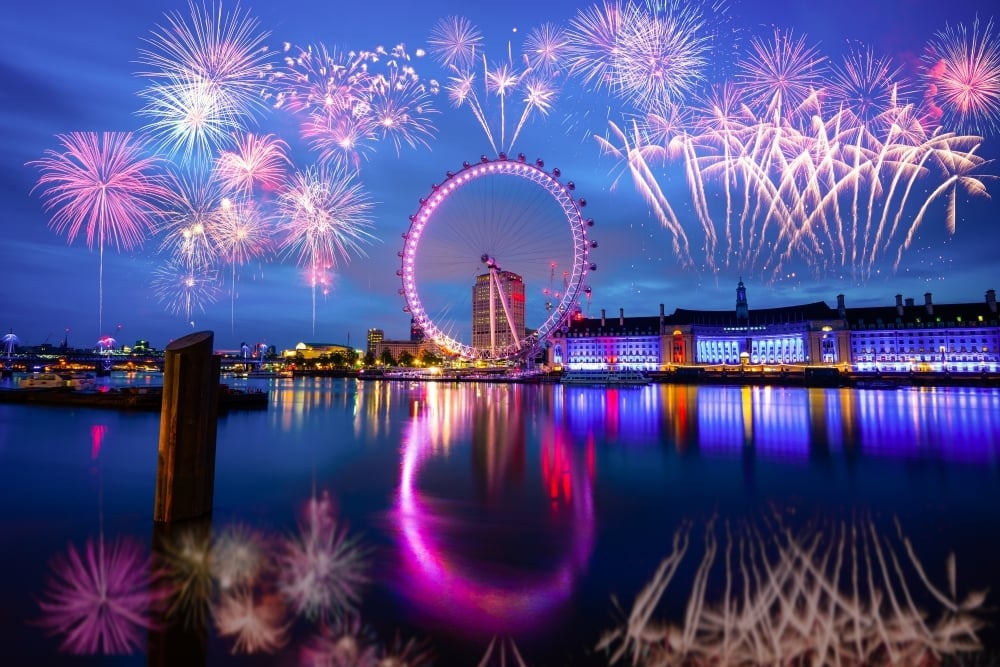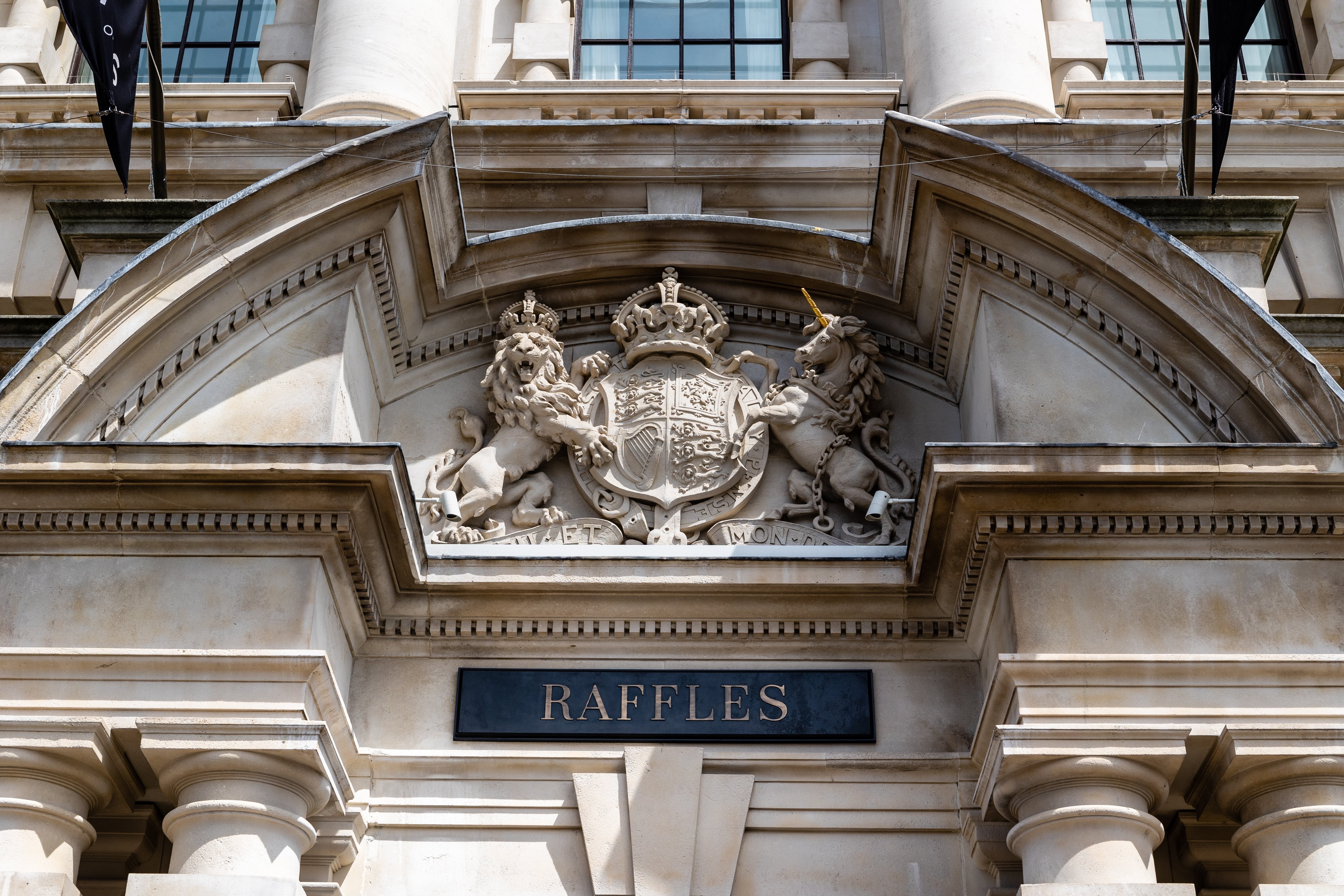Totally Thames Festival – London's Artsy Riverside Celebration
Every September, London’s riverside transforms into a cornucopia for the arts. Totally Thames Festival is more than just a celebration of the waterway that has shaped the capital for thousands of years, but offers a deep dive into the River Thames as a source of artistic inspiration and provides dialogue about the future of waterside living.
The month-long programme spans multiple boroughs and disciplines, from large-scale outdoor installations on the banks to pop-up exhibitions in converted boatsheds, community regattas, concerts, and heritage walks tracing the hidden wharves and lost locals of the city’s maritime past. Totally Thames Fest is as much a celebration of overlooked histories as it is a platform for global conversations about water, climate, and urban change.

The Origins of Totally Thames Festival
The festival was formally established in 2014, following the end of the Thames Festival, an annual riverside celebration that had run since 1997. While the original festival focused mainly on a single weekend of parades, food markets, and fireworks along the South Bank, its successor sought to create something more ambitious. An immersive reflection of the Thames’ wider role in the city’s life and identity.
By lengthening the programme and widening its geographical spread from Richmond to Dartford, Totally Thames was able to bring the celebration of life by the river to the whole of London’s river community. Crucially, the organisers also recognised that the Thames was not merely a backdrop for life, but an active participant in the city’s history and identity. Early editions set the template by commissioning exhibits that explored themes such as migration, river ecology, industrial heritage and global water security, which continue as a hallmark of the programme today.
Another important factor in the festival’s origins was the involvement of a wide range of partners from the Port of London Authority and the Environment Agency, to heritage bodies like the Museum of London Docklands and numerous local councils. In the years since its founding, Totally Thames has evolved considerably, but its DNA remains firmly rooted in this original mission.
From Floating Artworks to Mudlarking
One of the recurring hallmarks of Totally Thames is the temporary river sculpture that floats on the water throughout the festival’s run in September. Past installations have included Ik-Joong Kang’s Floating Dreams, a lantern made from 500 drawings by North and South Korean refugees, and Ship of Tolerance by Ilya and Emilia Kabakov, which combined children’s drawings from around the world on the sail of a stylised wooden boat.
These works are often lit up at night, visible from bridges and riverbank walks, and are just one of the many thought-provoking facets to the festival that looks to establish human connection around the shifting themes. But one of the most entertaining and immersive experiences one can take part in during the festival runs throughout the course of the day.
Totally Thames makes excellent use of the city’s rising interest in mudlarking, which involves the careful retrieval of historical artefacts from the exposed banks of the river during low tide. Licensed guides lead small-group sessions that uncover everything from 17th-century pipes to medieval tokens. It’s a unique but physically demanding activity that brings the river to life in a way few may have previously expected.
A Stage by the Water
For a more performative experience, the River Stage returns each year with a lineup that embraces a diverse programme roster that brings artists and performances from all over the globe. Ghanaian drumming ensembles at dusk on Bankside, string quartets playing Philip Glass from the balconies of old wharf buildings in Wapping, or floating choirs aboard moving barges.
One standout in recent years has been the Bascule Chamber Concerts held within the Tower Bridge lift mechanism chambers, a setting very rarely glimpsed by the public, transformed for the occasion into an acoustic cavern. Other musical offerings are tied to specific neighbourhoods, often in collaboration with local churches and theatres, such as opera performed under the vaulted ceilings of St Magnus the Martyr.
International Insights and a Focus on the Environment
Despite its very local setting, Totally Thames has always had an international outlook. Previous festivals have spotlighted rivers such as the Yamuna and the Danube, inviting artists, musicians and environmental researchers from the regions these rivers flow through to share comparative insights. Installations have featured multi-lingual poetry walls, travelling exhibitions curated in collaboration with foreign cultural institutes and academic panels on a host of topics from flood resilience to urban design.
A frequent collaborator of the festival is the British Council, which helps facilitate temporary residencies for international artists who respond directly to the Thames landscape through sound, film, or live performance. In recent editions, more remote exchanges have been introduced, including simultaneous riverside screenings in cities like Belgrade and Kolkata, allowing for a cross-continental dialogue through the medium of art. Collaborations with the Museum of London Docklands and various historical societies often yield one-off talks on topics like the 1666 Great Fire of London fireboats or the Thames frost fairs that once took place when the river froze over throughout the Middle Ages, offering further glimpses at the storied history of the river.
One of the festival’s signature initiatives is the Big River Clean-Up, where hundreds of volunteers join in clearing plastic waste and debris from along the banks. Programming includes everything from workshops on sustainable urban drainage, nature walks with marine biologists and even talks on river eel migration. Thames21, a longstanding environmental charity, partners with the festival each year to ensure that ecological conservation stays central to the event, even amidst its more performative elements.
From Putney to Greenwich, the festival invites Londoners to take a look at the river from a fresh perspective. While the majority of events are free, there’s a distinct quality to many of the productions, from the calibre of the installations to the rigorous research that goes into the more informative features of the festival programme. It’s a month-long invitation to trace the river’s past, witness its present, and have a say in what its future may hold for those keen to get more involved in preserving London’s greatest natural landmark.



